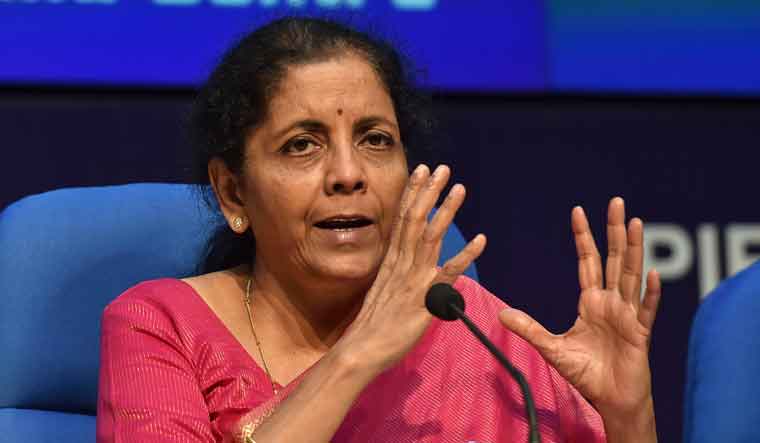The consolidation of public sector banks may bring in the biggest change in the sector since the liberalisation of the economy. Earlier, the government had merged State Bank of India with its associates, and Bank of Baroda with Dena Bank and Vijaya Bank. But unlike those, Nirmala Sitharaman's announcement on Friday will change the complexion of the Indian banking industry.
It will bring 10 existing entities under four names. Of these, the merger of Punjab National Bank with Oriental Bank of Commerce and United Bank will create the second largest bank in the country, after SBI, with Rs 18 lakh crore business. The merger of Union Bank of India with Andhra Bank and Corporation Bank will create the fifth largest bank, with Rs 14.5 lakh crore business. Indian Bank and Allahabad Bank will merge to create the seventh largest public sector bank with Rs 8.08 lakh crore business.
Why does the government want the mergers?
The pattern of the announced mergers reflects the government's strategy of integrating smaller banks with big ones. It is also an attempt to strengthen public sector banking, which is one of the important growth engines of the economy. But the most important reason for creating bigger banks is addressing the bad loan issue. The share of toxic loans as a percentage of total loans has been rising. Bigger banks are better equipped to deal with bad loans.
also read
- Banks likely to see slower credit growth in 2024-25
- Who is Nadine Ahn? Royal Bank of Canada CFO fired over secret office relationship
- Banks to function this Saturday, Sunday. Details of holidays in April here
- What should you do if banks mis-sell insurance products? PSBs told to protect interest of customers
The mergers are also expected to decrease lending cost, improve operational stability and profitability, and widen customer base.
However, there will be plenty of challenges as well. The government will have to workout the mechanics of the mergers like share-swapping ratios . Also, dealing with the redundant workforce and branches will be difficult, considering that bank employees' unions are strong and they have been against mergers.



